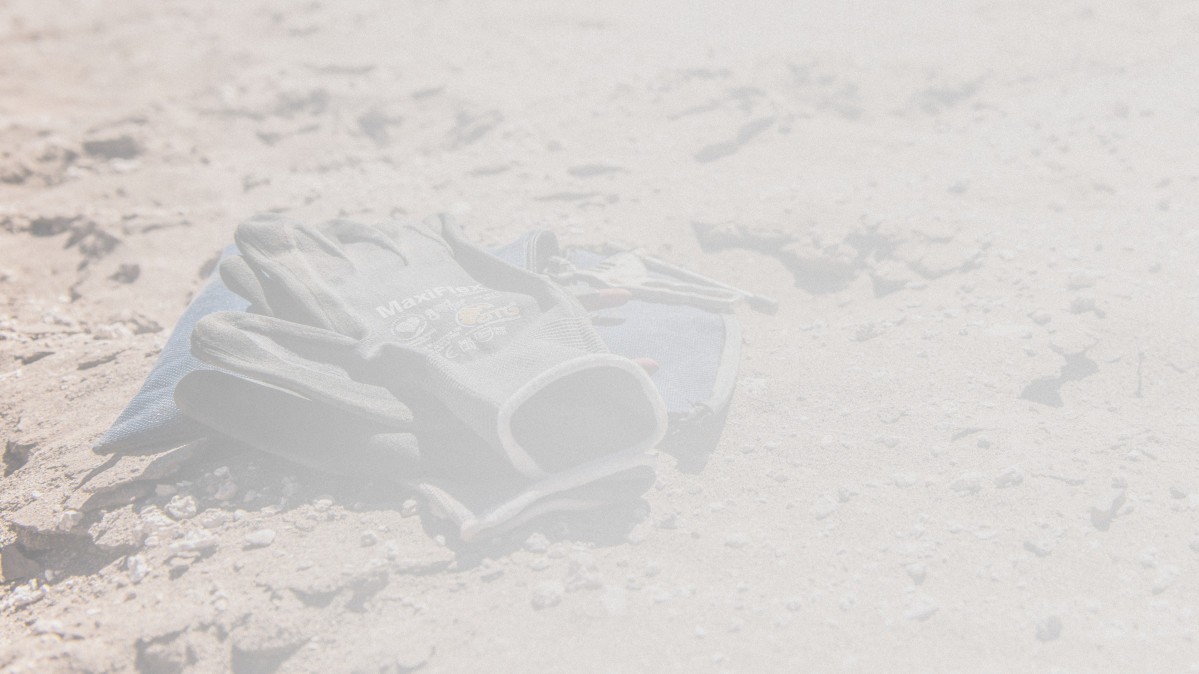Bosnia & Herzegovina
Sales Partner
- Name
- Lacuna d.o.o.
- Contact
- Dražen Turk
- drazen.turk@lacuna.hr
- Website
- https://www.lacuna.hr
ATG® country manager
- Name
- Maciej Adamek
- Phone number
- +48 604 752 638
Frequently asked questions
Can't find the answer you're looking for? Have a look at our FAQ page.Does the vitamin E and aloe vera wash out of MaxiFlex® Active™?
No they do not; you can launder MaxiFlex® Active™ and the encapsulated ingredients will not wash out, allowing you to enjoy the benefits wash, after wash, after wash.
Do you make polyurethane coated gloves?
We are known as a manufacturer that works with nirile and specifically our patented AIRtech® technology. The AIRtech® technology utilizes micro-foam nitrile to allow our gloves to breathable whilst being comfortable gloves and offering high levels of dexterity.
Who are the Skin Health Alliance?
The Skin Health Alliance (SHA) is the leading international skin health authority working closely with dermatologists, researchers, and skin scientists. We award professional accreditation to companies, services and brands seeking specialist independent dermatological recognition for their product research.
Is MaxiFlex® silicone free?
Yes, the MaxiFlex® range is silicone free with the exception of MaxiFlex® Endurance™, styles of MaxiFlex® Elite™ with raised dots (34-244 and 34-245) and MaxiFlex® Cut™ with raised dots (34-8443 and 34-8453), which provide extra cushioning and increased durability.
